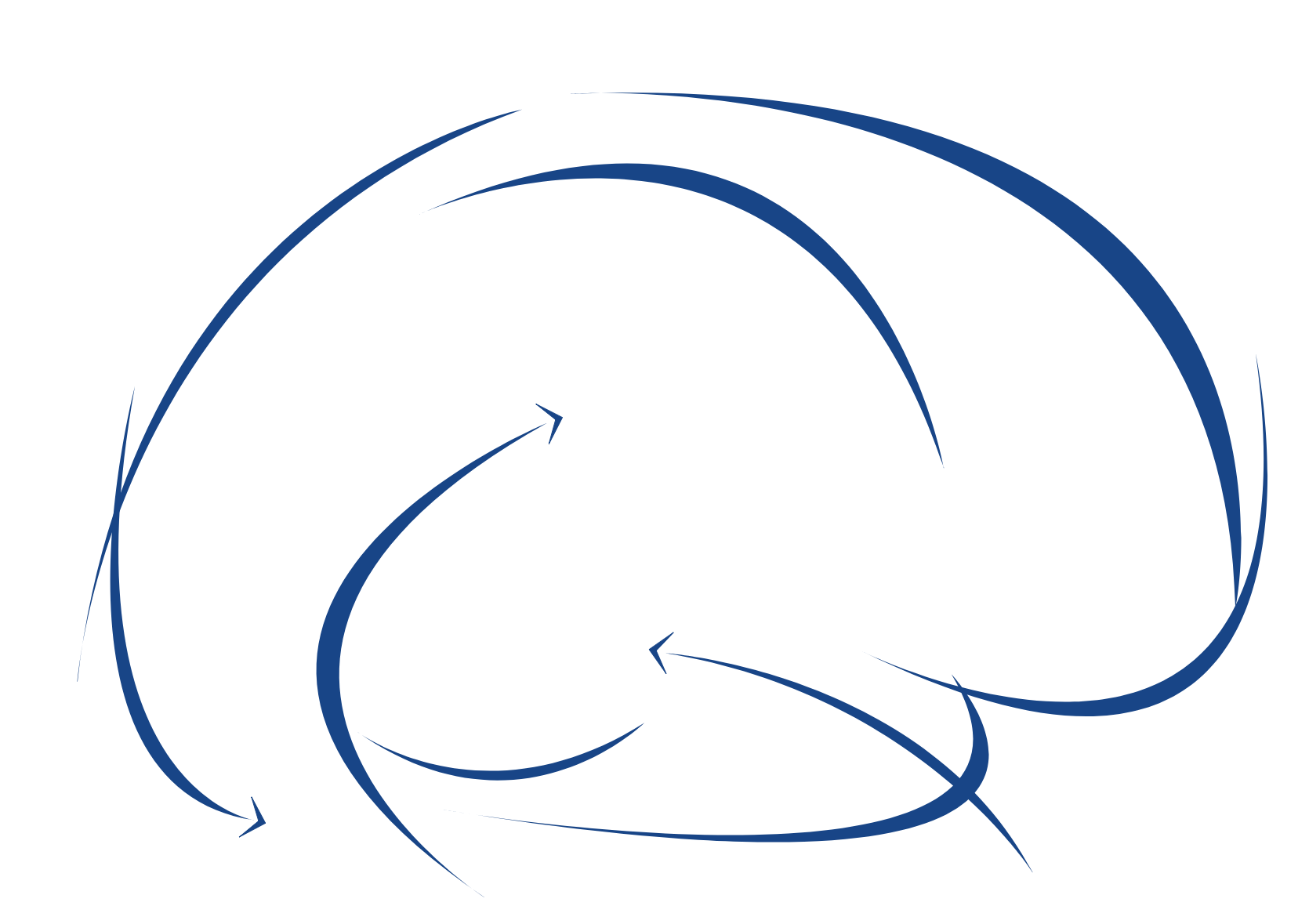talk of Mathieu Desroches (INRIA Sophia Antipolis) on September 21st 4pm:
Title: Classification of Bursting Patterns: Review & extension
Abstract: In this talk, I will first briefly review the basics of slow-fast analysis of neural bursters, and the existing classifications of bursting patterns. Then I will generalise a recent example that falls outside of these classification systems and present an extended classification, which requires the analysis of both fast and slow subsystems of an underlying slow-fast model and allows the dissection of a larger class of bursters. This new class of bursters with at least two slow variables will be denoted folded-node bursters, to convey the idea that the bursts are initiated or annihilated via a folded-node singularity. Key to this mechanism are so-called canard or duck orbits, organizing the underpinning excitability structure. I will describe the two main families of folded-node bursters, depending upon the phase (active/spiking or silent/non-spiking) of the bursting cycle during which folded-node dynamics occurs. I will classify both families and give examples of minimal systems displaying these novel bursting patterns. Finally, I will provide a biophysical example by reinterpreting a generic conductance-based episodic burster as a folded-node burster, showing that the associated framework can explain its subthreshold oscillations over a larger parameter region than the fast-subsystem approach. This is joint work with John Rinzel (Courant Institute, NYU) and Serafim Rodrigues (BCAM, Bilbao, Spain).
